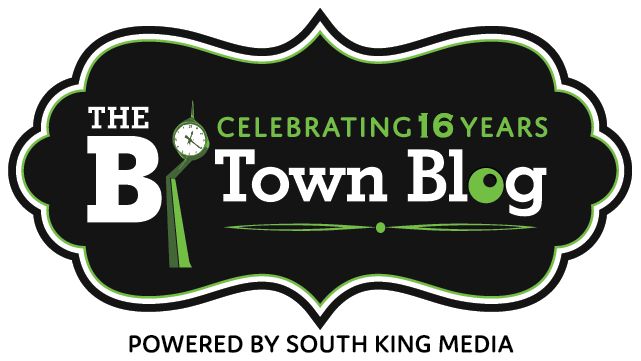[EDITOR’S NOTE: The following is a Letter to the Editor, written by a verified resident. It does not necessarily reflect the opinions of The B-Town Blog, nor its staff:]
How to Make Sense of What We Read, See, and Hear
We live in a world of information today, and how can we tell if what we read, see, and hear is good information, ok information, or maybe not-so-good information or misinformation?
For example, consider the information we experience every day in emails, telephone calls, and the media. What is believable? How many are scams? Do we trust it? Is there any supporting evidence? Is it just happy talk? There are several approaches to thinking about what we read, see, and hear and these are commonly referred to collectively as critical thinking or as I think as focused common sense. Researchers, Paul and Elder (2014) called critical thinking “the disciplined art of ensuring that you use the best thinking you are capable of in any set of circumstances” (p. xiii).
Some examples include the following:
-
- Clarity: Is what I’m reading, seeing, or hearing clear? Do I understand it? Would an example help me to understand? For example, is it clear if someone says “I am the best?”
- Accuracy: Is what I’m reading, seeing, or hearing accurate? Read the fine print or check for details. Ask someone you trust and who is credible if unsure about the accuracy of a message.
- Relevance: Is what I’m reading, seeing, or hearing relevant to my situation or my life? Do we need a product or service that we see advertised?
- Depth: Is what I’m reading, seeing, or hearing cover the topic? Or is it simply surface information and meaningless? For example, “We are doing more than anyone else.”
- Logic: Is what I’m reading, seeing, or hearing logical? Or is the message going in circles or nowhere in particular?
- Significance: Is what I’m reading, seeing, or hearing significant or meaningful to me? Why would I care? Think of the ads we see or hear. Are they important or not?
Additional considerations: Who is communicating the message? Do you know who is communicating the message? Is he, she, or they credible? If the message is too good to be true, it likely is. Are there multiple confirming sources of the message? What is the upside and downside for believing the message? There are some limits such as interest, time, and effort to sort through the information we receive, but at the same time, some things we might accept could kill us, such as drinking bleach, taking unproven or illegal drugs, or cost us time and money if we fall for various financial, health-related, or other scams. Thus, it is important to consider what we read, see, and hear and think about the consequences. We can improve our chances of staying safe, healthy, and well by making informed decisions.
– David Gould
Paul, R., & Elder, L. (2014). Critical thinking: Tools for taking charge of you learning and your life (2nd ed.). Upper Saddle River, NJ: Prentice-Hall
EDITOR’S NOTE: Do you have something you’d like to share with our highly engaged local Readers? If so, please email your Letter to the Editor to editor@b-townblog.com and, pending review and verification that you’re a real human being, we may publish it. Letter writers must use their full names and cite sources – as well as provide an address and phone number (NOT for publication but for verification purposes).


